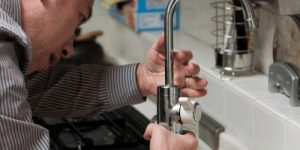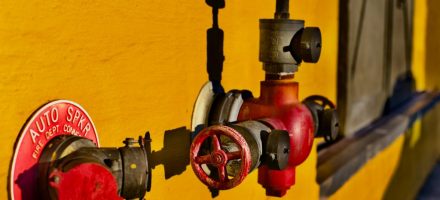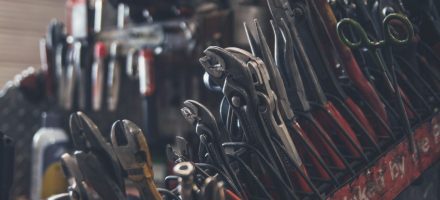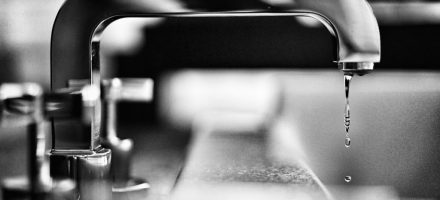The 7 Most Common Plumbing Mistakes DIYers Make

When it comes to home maintenance, plumbing is a common requirement. But for most home users, hiring a professional plumber, even a simple job, is often a bit expensive.
Consequently, most homeowners tend to do these small plumbing jobs themselves, if only to save money. However, a plumbing project can easily lead to disaster if not done properly.
Usually, you could say that one learns from mistakes, but this is not what we want when we refer to plumbing work! After reading this list of the 10 most common plumbing mistakes DIYers make you will be ready to start your journey as a plumber!
Incorrect pipe selection
It is usually a very common error, the wrong choice of pipe, and the wrong measurement of the area. The area to be installed in the new pipe must be measured accurately.
In no way should too much force be applied when joining the new pipe, as this could damage it.
Pipes are not properly leveled
Above all, when installing new pipes in bathrooms and sinks, if they are not correctly leveled, they can lead to water leaks in the future, you will have to hire a plumber and the cost will be multiplied.
Loose connection between pipes
With ease, almost anyone can take on small household plumbing jobs, but make sure the joints are not loose, this is sure to be a problem in the future. Use Teflon tape, which is commonly used by professional plumbers.
Turn off the general water supply
It is of utmost importance, even for small home plumbing repairs, to close the water intakes well, and not to open them again until the work is completely finished. Otherwise, it will result in flooding and the likelihood of water leaks in your own home.
Connection between galvanized and copper pipes
When galvanized and copper pipes are allowed to touch each other, the result is corrosion. Many homeowners who do their own plumbing work are unaware of this problem and will repair galvanized pipes with modern copper pipes.
This can be done if a special piece, called a dielectric joint, is used. The dielectric joint is a special joint that uses a plastic sleeve and a rubber washer to prevent the copper and galvanized pipes from touching each other.
Using harsh chemicals to unclog a drain
Most of the time, the first step for a DIYer to unclog a drain is to use chemicals such as Drano or Drain-Aid. This is a viable solution, but it can damage your pipes in the long run if abused. The solution, pouring 2 parts vinegar and 1 part baking soda into the drain, will sizzle and may loosen the clog just enough to unblock it and won’t damage your pipes either!


